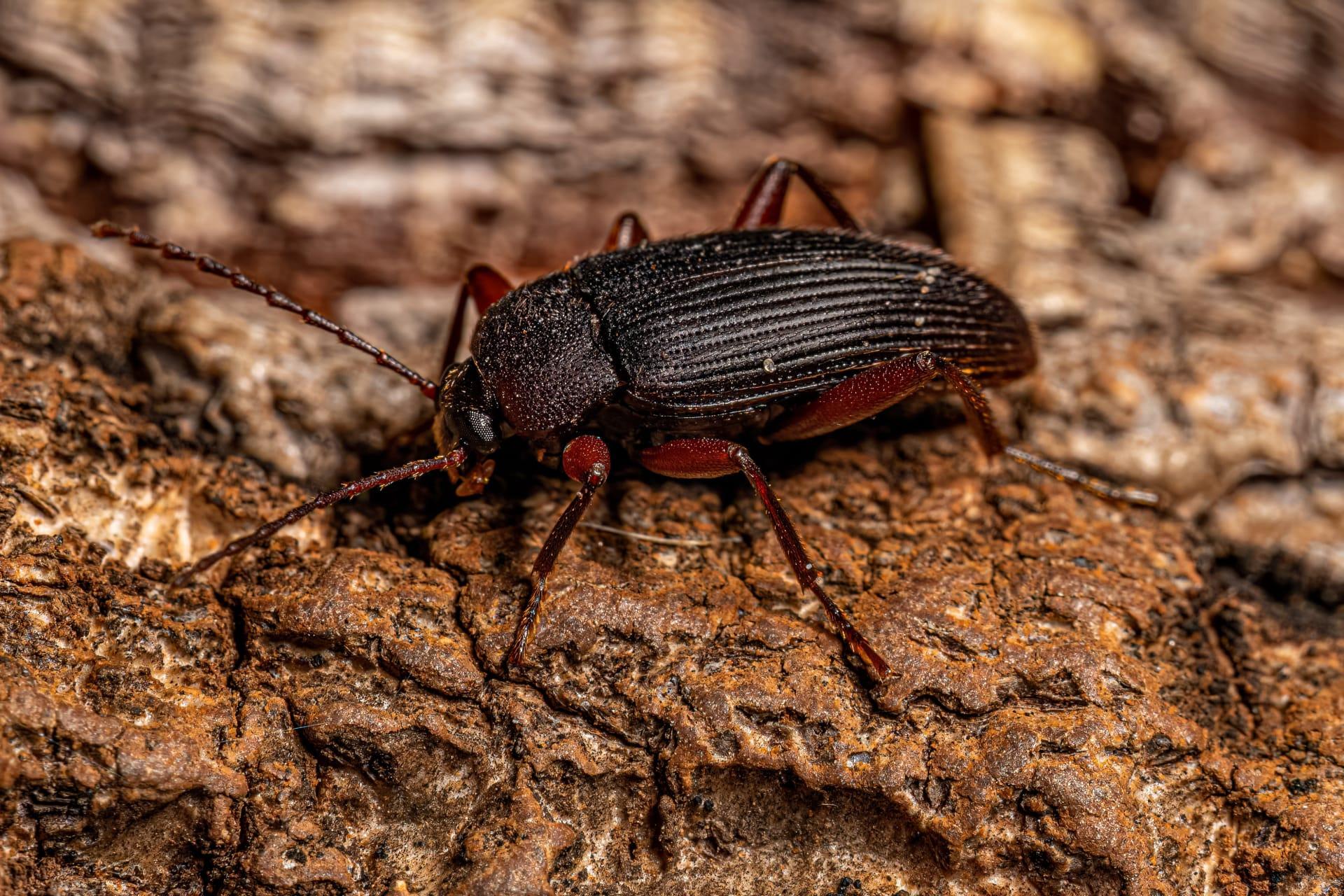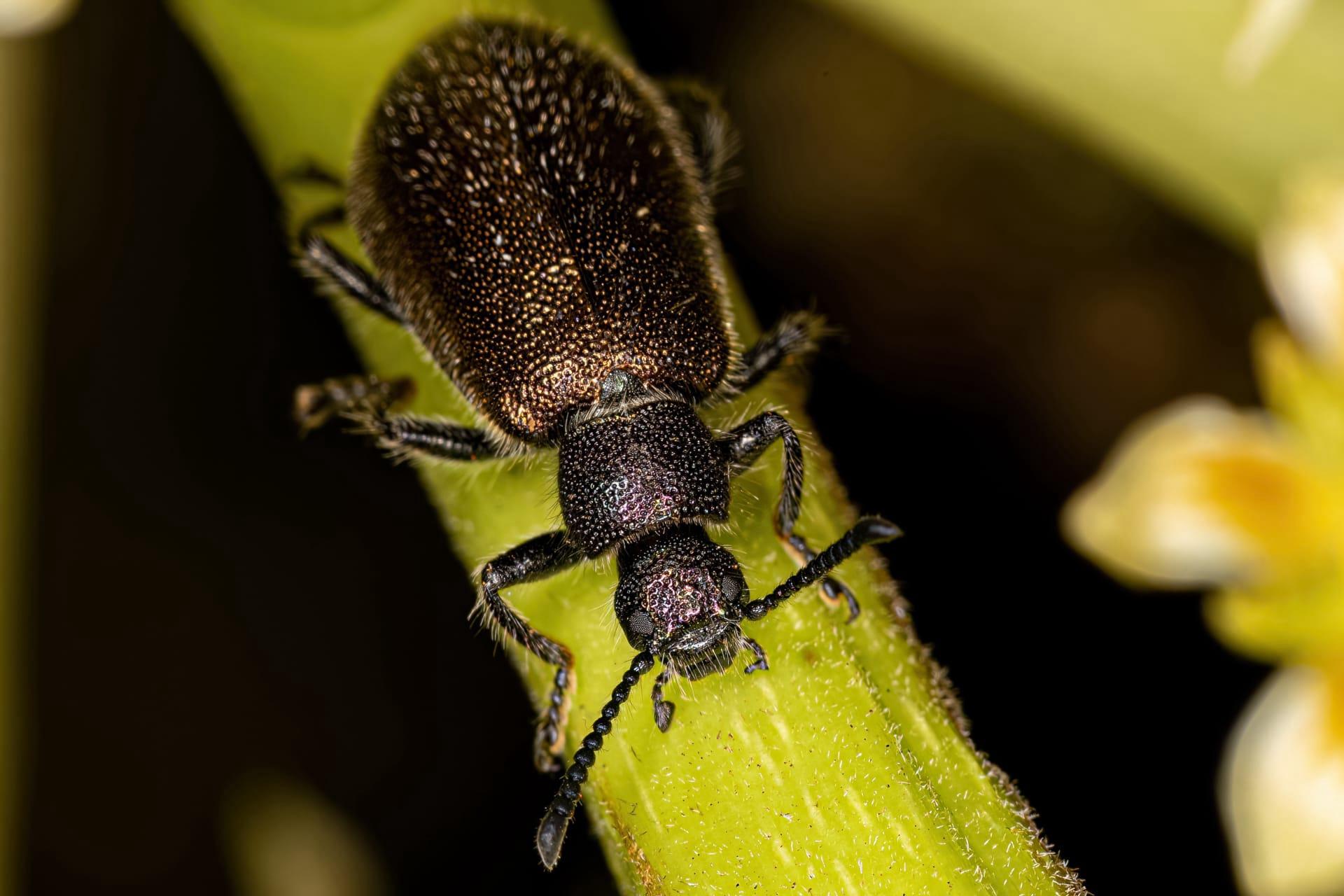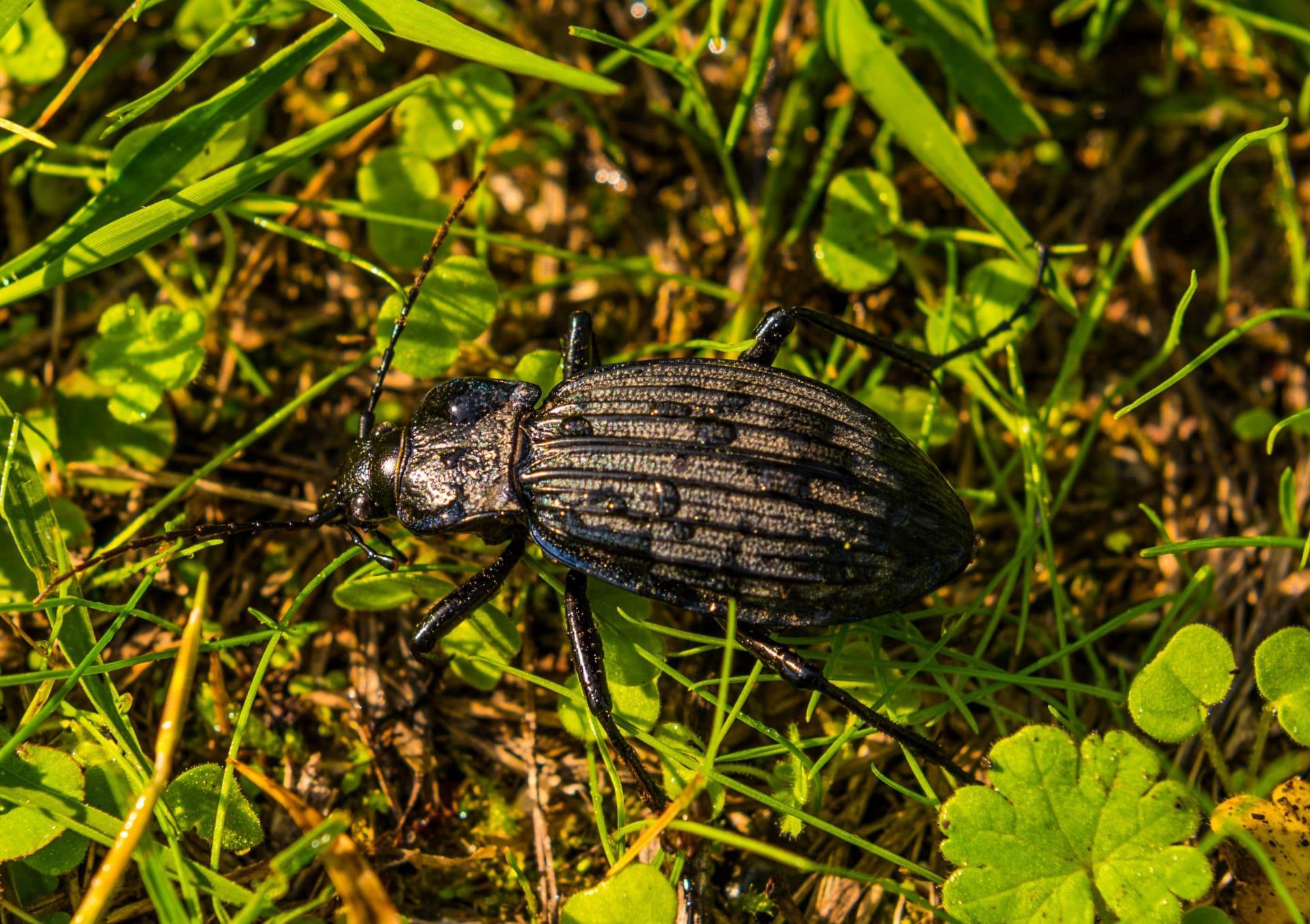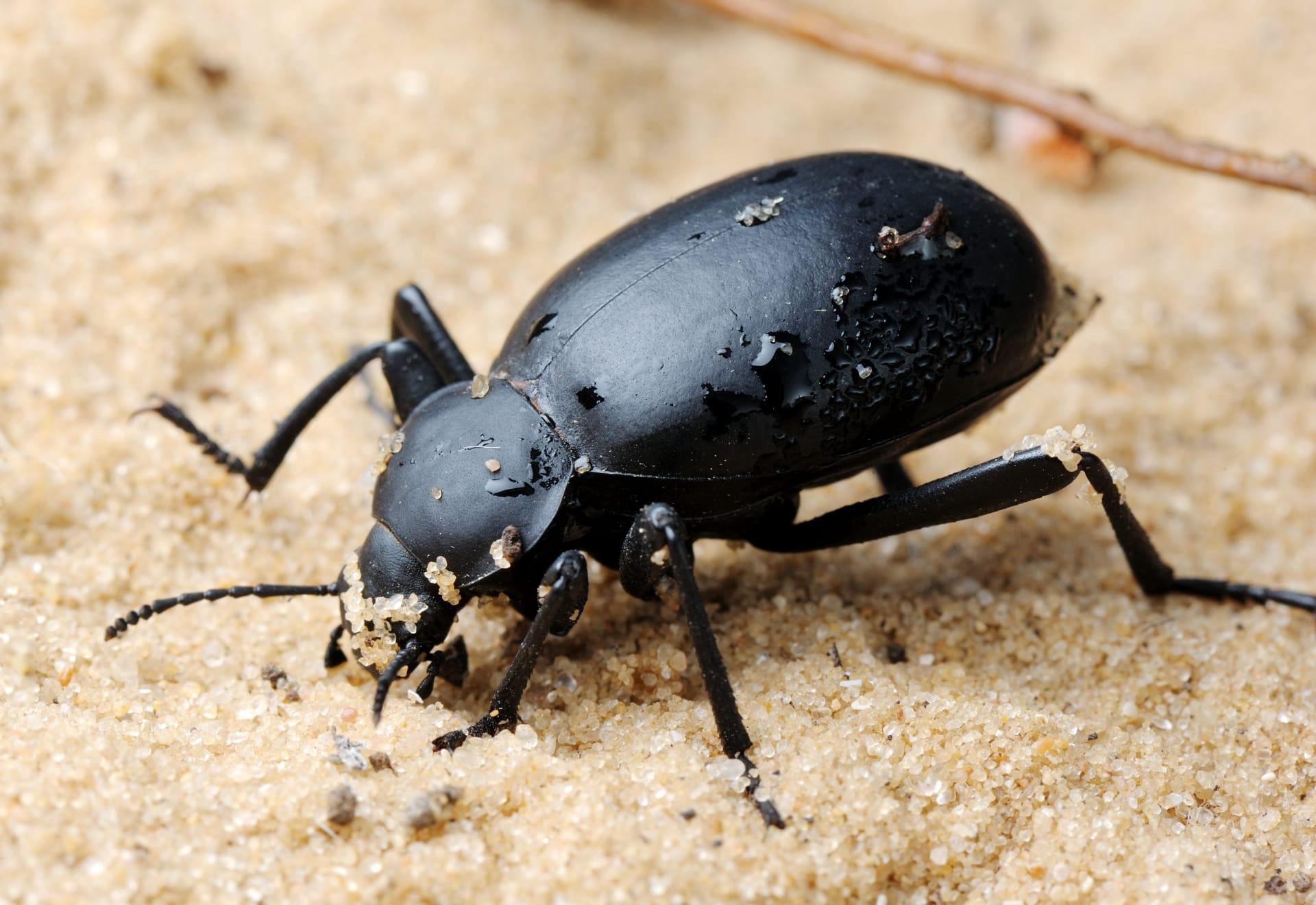1
Darkling beetles, known scientifically as Tenebrionidae, display a remarkable adaptation to desert environments. Their unique ability to conserve water is key to their survival. The exoskeleton of a darkling beetle is not just tough but also covered in a waxy layer, which significantly reduces water loss. This adaptation is crucial in arid regions where these beetles can lose only about 1% of their body water per day, compared to other insects that may lose up to 20%. This water-conserving trait allows them to thrive even in some of the driest places on Earth.
Another fascinating aspect of darkling beetles is their method of collecting water. In the Namib Desert, for instance, they're famous for their ability to extract water from fog. These beetles climb to the top of dunes, stand on their head with their body inclined, and let the moisture from fog condense on their backs. The water then trickles down to their mouthparts. This behavior is so efficient that a beetle can collect about 12% of its body weight in water from a single foggy night.

2
Darkling beetles have a unique defense mechanism: when threatened, they can exude a foul-smelling substance from their joints. This substance, primarily consisting of quinones, is effective in deterring predators. It's so potent that just a few micrograms can repel a small predator. This chemical defense has evolved as a non-aggressive way for these beetles to protect themselves, especially given their lack of speed and agility.
Their life cycle is quite intriguing. Darkling beetles undergo complete metamorphosis, which means they go through four distinct life stages: egg, larva, pupa, and adult. The larval stage, often referred to as mealworms, is widely known for its use in animal feed and human nutrition. These larvae can grow up to 2.5 inches in length and take about 4 to 9 weeks to develop into pupae. During their larval phase, they are voracious eaters, capable of consuming an amount of food equivalent to twice their body weight daily.

3
Darkling beetles exhibit an extraordinary range of sizes and shapes, adapting to various environments. There are over 20,000 species of darkling beetles worldwide, with sizes ranging from just a few millimeters to over 8 centimeters in length. Their diversity is not just in size but also in form; some species mimic stones or pebbles, while others have elongated bodies or spiky protrusions.
Another striking feature of darkling beetles is their contribution to the ecosystem as decomposers. They play a crucial role in breaking down plant material, dead insects, and animal feces. In some ecosystems, they are among the primary decomposers, significantly influencing nutrient cycling. Their digestive systems host a variety of microorganisms that help break down tough plant fibers, making nutrients available to other organisms in the soil.

4
Darkling beetles have an interesting mating ritual. The male beetle performs a series of actions like tapping and stroking the female with his antennae and legs to initiate mating. If the female is receptive, she allows the male to climb on her back for mating, which can last from a few minutes to several hours. This process also involves pheromones, chemical signals that help attract the opposite sex.
One species of darkling beetle, the ironclad beetle (Zopherus nodulosus), possesses an exoskeleton so tough it can withstand being run over by a car. This incredible strength is due to the beetle's elytra (the hardened forewings that cover the wings and abdomen) being fused together and reinforced with protein and a polysaccharide called chitin. This natural armor makes them one of the most resilient beetles, capable of surviving in harsh environments.

5
Darkling beetles are not just survivors on land but also in space! In 1968, mealworms, the larvae of darkling beetles, were among the first earth organisms to travel to the moon on Apollo 12. They were used in experiments to study the effects of space travel on life. These beetles showed an incredible resilience, surviving the harsh conditions of space and providing valuable insights into how terrestrial life adapts in extraterrestrial environments.
Lastly, darkling beetles are culturally significant in some societies. For instance, in ancient Egypt, they were revered and often associated with the sun god Ra. They were thought to represent rebirth and regeneration, symbolizing the cycle of life. Today, they continue to intrigue scientists and nature enthusiasts alike, serving as a symbol of adaptability and resilience in the face of adversity.